About the display cases for the Trajan Column. Bruno Zanardi speaks
Last week, on the occasion of Christmas in Rome, Italia Nostra appealed to institutions to protect Trajan’s Column and the Column of Marcus Aurelius with glass cases to halt the process of degradation they are undergoing: the appeal came following the presentation of the volume Lectures on Trajan’s Column, dedicated to the Trajan’s Column and edited by Cinzia Conti, which provided an opportunity to learn about the outcomes of the investigations and restorations that have taken place over some 30 years. Among those who have worked on Trajan’s Column is restorer Bruno Zanardi: we asked him for his opinion on the subject.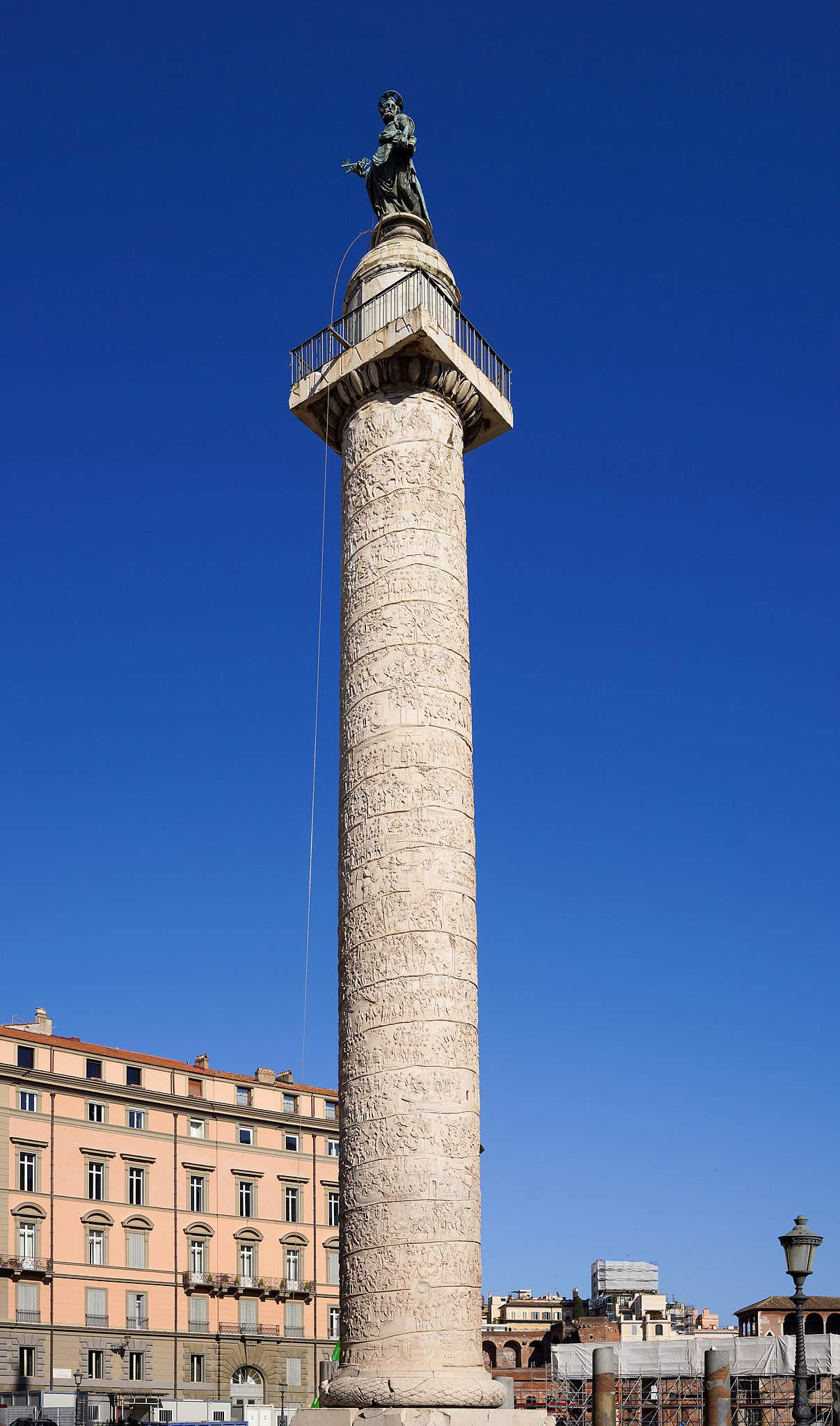
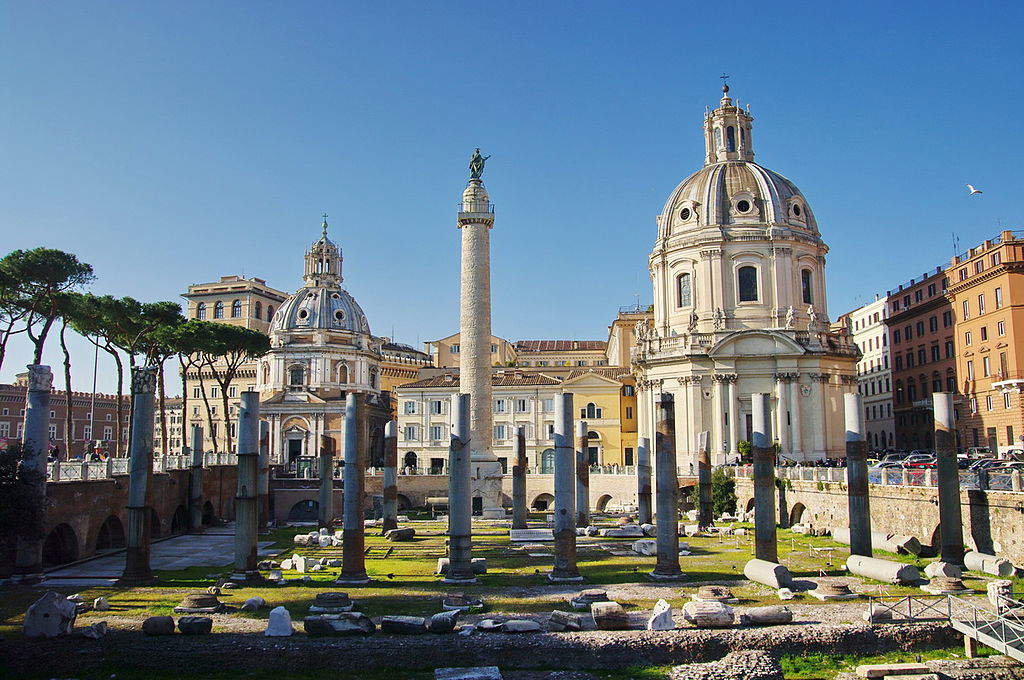
SR. There is much talk today about protecting the monuments of the Imperial Forums with glass cases. In particular, the Trajan Column. A protection that is wanted because, so they say, pollution causes the reliefs to lose millimeters of marble every year. You who the Trajan restored between 1985 and 1993 what do you say about that?
BZ. I answer it as any specialist in advertising communication might. “Pointing to pollution as the main cause of the degradation of the outdoor artistic heritage is easy, costs nothing and always makes you look like an expert.” What explains the scaremongering these days. However, it remains a fact that the solution of display cases is the only one that can give concrete and durable conservation results. One thinks of the perfect protective function performed by the pavilion built in 1938 by architect Vittorio Ballio Morpurgo to contain the Ara Pacis. The same solution that works even better today thanks to the new shrine with which Richard Meier replaced the first one in 2006. Let us not delude ourselves, however, that designing and building a shrine to protect a monument is a simple matter. You call the architect, have him design a small glass building, assemble it, then the public ritually divides into those who say it’s ugly and those who say it’s beautiful, after which we get used to seeing it and it’s all over.
To wit.
The Trajan Column is an integral part of the Imperial Forum area. So the issue of vitrines must be studied by first trying to establish as precisely as possible what the conservation interactions between the environment and the constituent stones of the monument are today. That is, it is a question of understanding whether the current state of conservation of the marbles of the Column is an isolated case or also affects the other monuments located in the area of the Imperial Forums. More specifically, to understand the origin and meaning of the two conservation mysteries that burden the reliefs of the Column. Those that I had pointed out in vain to the scholarly world during the restoration, then thirty years ago, then to the Mayor of Rome Marino, who had asked me for an opinion never to be heard from again, and finally to the current Superintendent when, a couple of years ago, I read that he wanted to restore the Trajan.
What are these two mysteries?
One is the presence on the entire Column, of thin and more or less fragmentary layers of calcium oxalate of colors varying from golden yellow to reddish to black. Layers moreover present on almost all open-air stone monuments, from the antelamic reliefs of the Baptistery of Parma, to the facade of the Cathedral of Orvieto. So much so that the first person to have identified them as such was a celebrated Swiss chemist, Justus von Liebig, who was called to London in the mid-19th century by archaeologists at the British Museum to analyze what appeared to be traces of an original polychromy present in Phidias’ Elgin Marbles and which Liebig instead correctly identified as calcium oxalate.
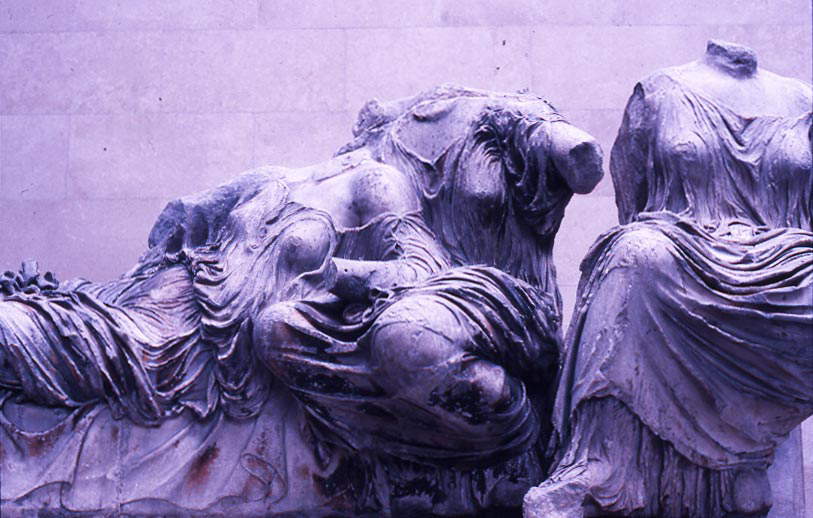 London, British Museum, Phidias
London, British Museum, Phidias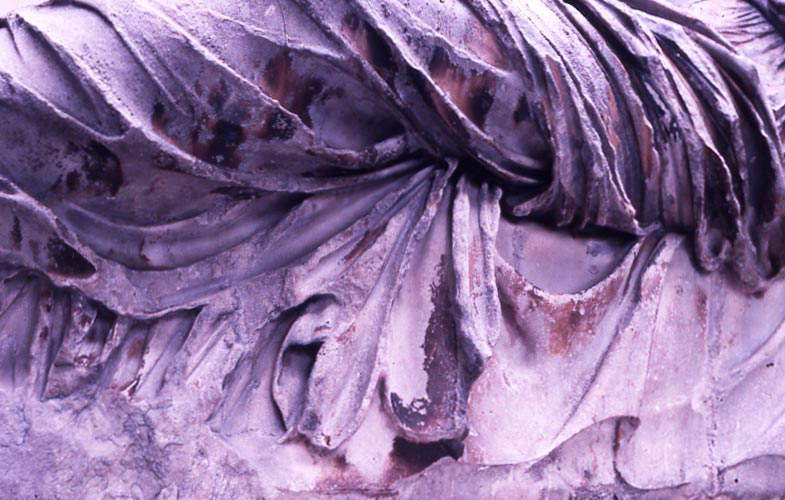 London, British Museum, Phidias
London, British Museum, Phidias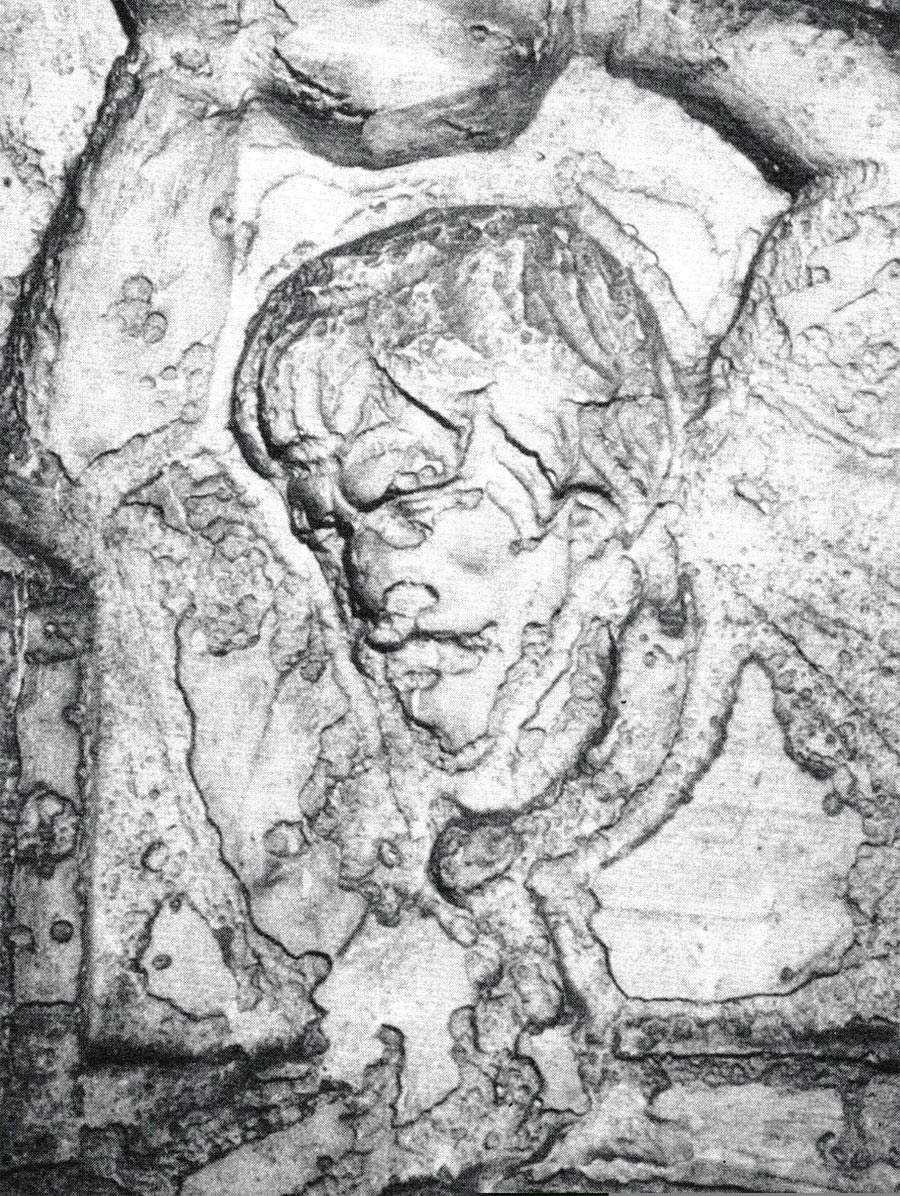
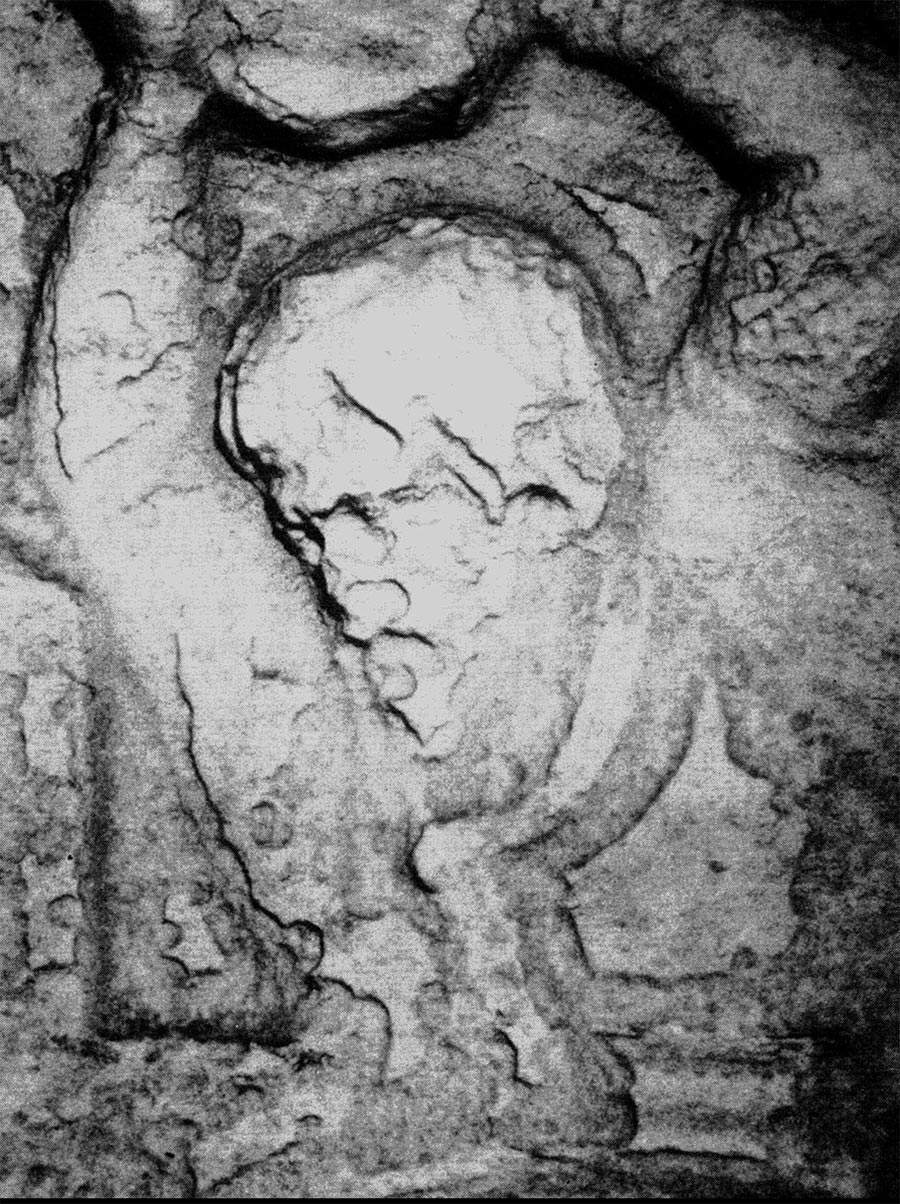
And why do these layers damage the marbles?
Because they are rigid and impermeable neoformations that, when they remained continuous, preserved the ancient relief perfectly. But that where they have “broken,” and this is a very frequent occurrence, they become a decisive cause of the losses of relief modeling. In fact, water, whether meteoric or condensation, infiltrates from those breaks under the oxalate layers and reaches the marble. After that, when solar radiation heats the surfaces, the water wants to evaporate but is prevented from doing so by precisely those impermeable layers. So that eventually the vapor pressure causes both the calcium oxalate layer and the underlying marble layer to fall off. A damage that teaches us to be very cautious with restorations. Prudent to put us restorers on the marbles artificial layers of resins or other substances with the risk of creating for them the same problems caused by the calcium oxalate layers.
Whereas how did you intervene on the Traiana?
We cleaned the reliefs of the Traiana with simple water spray and, after that, we carefully avoided impregnating them with resins and whatever other consolidating substances. That is, we avoided adopting a solution that works in the short term but can be nefarious in the long run. Keep in mind, however, that we were working together with a great Superintendent, Adriano La Regina, also we were followed very closely by Giovanni Urbani and Salvatore Settis, and young scholars such as Giovanni Agosti and Vincenzo Farinella very often climbed on the scaffolding.
You mentioned two mysteries, however. One is the formation of the oxalate layers. The other?
The second mystery comes from the fact that Trajan’s Column is the only open-air - I repeat, open-air - monument to have been calcified several times in pre-industrial times.
Calculations made by whom and when?
The first made perhaps by Primaticcio when he went to Rome in 1540 to make casts of ancient sculptures on behalf of Francis I of France. Casts of which some fragments remain in the Pinacoteca Ambrosiana, probably coming from the collection of Leone Leoni and thought to have been purchased by Cardinal Federigo. The second cast was commissioned by Colbert on behalf of Louis XIV in 1667, the date is graffitied on the Column, an undertaking of which a few battered fragments remain, preserved in Rome at the French Academy. The third and last is the one executed in 1862 by Pius IX’s calcers on behalf of Napoleon III. A replica of the entire Column reproduced in several specimens, one of which is at the beautiful and unfortunately little or not at all visited Museum of Roman Civilization at Eur.
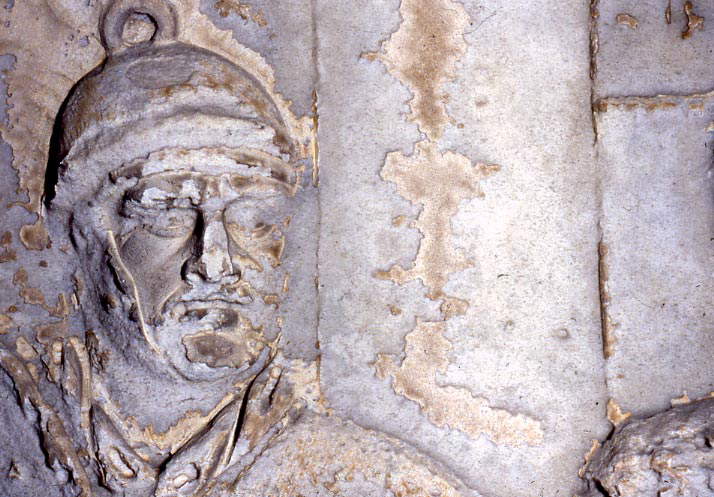
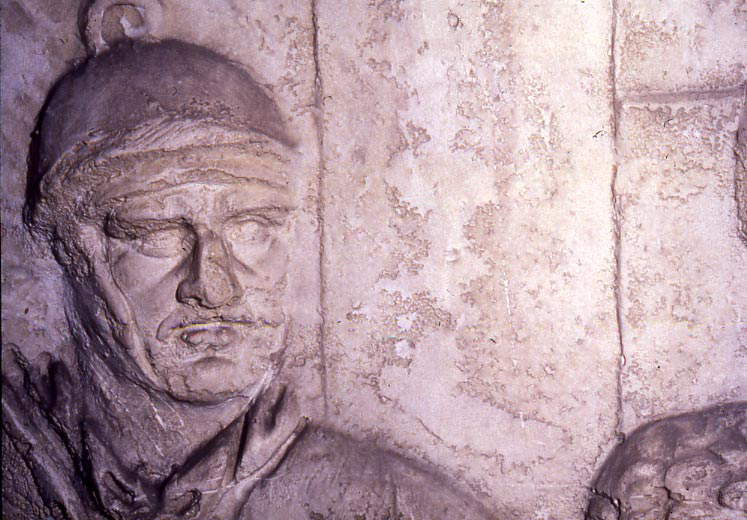
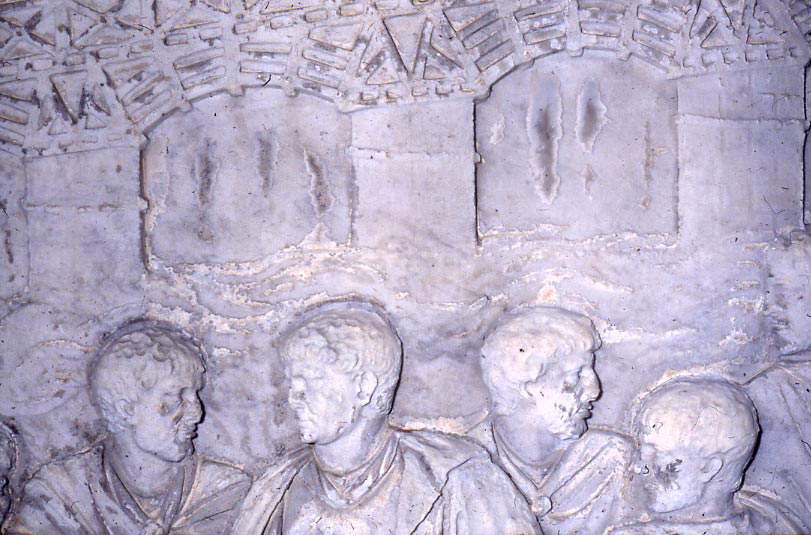
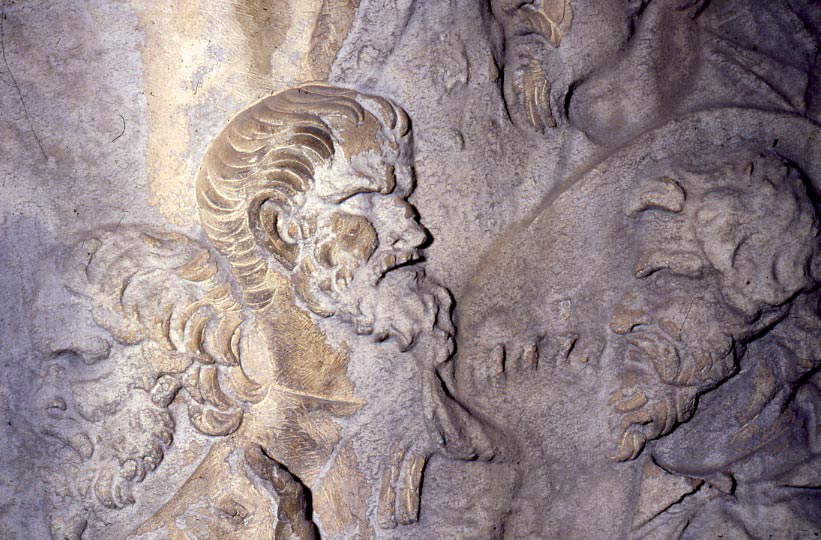
So we are in possession of a very rare true-to-life record of the state of the reliefs of the Column in times when pollution in Rome was nonexistent. But what is the mystery?
That those casts positively demonstrate how all the damage present on the reliefs in the form of alveolization, erosion, loss of modeling, falling parts, those that we now attribute to “smog,” were present in the Column centuries ago and particularly in 1862 when the problem in papal Rome was the advent of liberalism, certainly not air pollution. But not only that. The casts show that those damages have since then had a very modest progression compared to today.
An entirely unexpected technical fact of great interest. But what do the vitrines have to do with this?
Showcases enter into this problem in the sense that they certainly can and should be made because they are the only way to safeguard the durability of outdoor monuments. But they also have to be made on the basis of studies that first clarify and resolve the mechanisms of marble degradation, for example, those documented in casts. So that from these studies a scientifically based plan to build them is produced.
In fact, anyone understands that the construction of those display cases is no joke both technologically and aesthetically and culturally.
That’s right. One thinks of the need to reduce the greenhouse effect created by the glass panes, the control of the motion of dust inside the vitrine or the monitoring with an artificial intelligence of the speed of the inevitable evolution of the deterioration of the reliefs and so on. But also think of the function that the vitrines would have in regulating the influx of visitors, who certainly could no longer be the crowds that today humiliate and corrode our museums and “art cities” in the name of an invasive and fragile economy of culture, as well as one that is most likely destined not to last. That of the “big ships,” the lines of tourists buying sandwiches sold on the street, the historic centers of our cities that have become rental rooms or the one-way pedestrian directions they had to make of the Cinque Terre to allow the flow of people along the dirt paths.
While on the cultural level?
On that plane, a challenge of extraordinary interest and difficulty should be faced instead. To show that it is possible to modify, with the design and technological quality of today, the wonderful historic landscape of the Imperial Forums. A challenge that only great architects could fight.
For example, who?
In Italy, I am thinking of Michele De Lucchi, but also (perhaps) Stefano Boeri, who would, however, have to work with a clientele that would follow them in an educated and intelligent way, an increasingly rare commodity in today’s cultural heritage Italy. For the self-styled economy of culture, instead, all that would be needed is a little common sense. While for the technical part of the problem, we would be perfectly capable of dealing with it if we could put our faith in a Central Institute for Restoration (Icr) deputed to scientific research, technological innovation and the training of those involved, thus superintendents, professors, restorers, scientific experts, and so on. The Icr of Brandi, Rotondi and Urbani. The Icr aimed at preventive and planned conservation of heritage in relation to the environment. The Icr that has been for half a century an undisputed point of reference in the world about restoration, conservation and preservation, but has been senselessly depowered to the point where it has become just another superintendency.
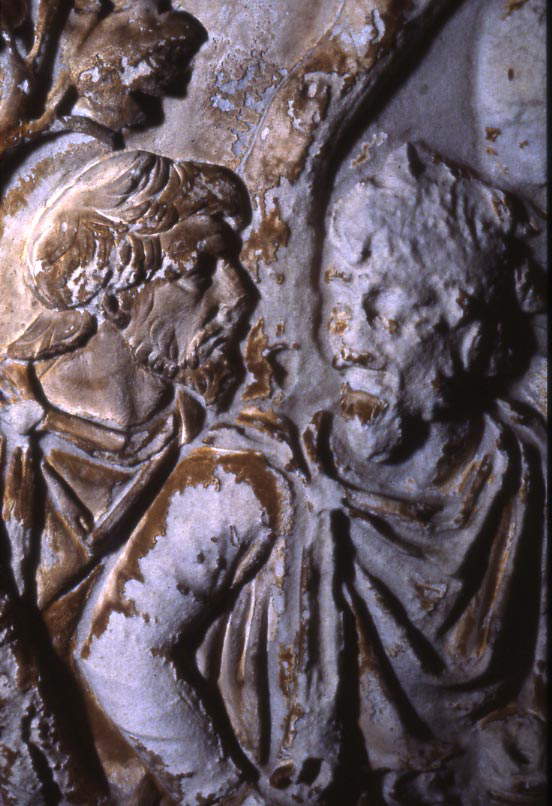
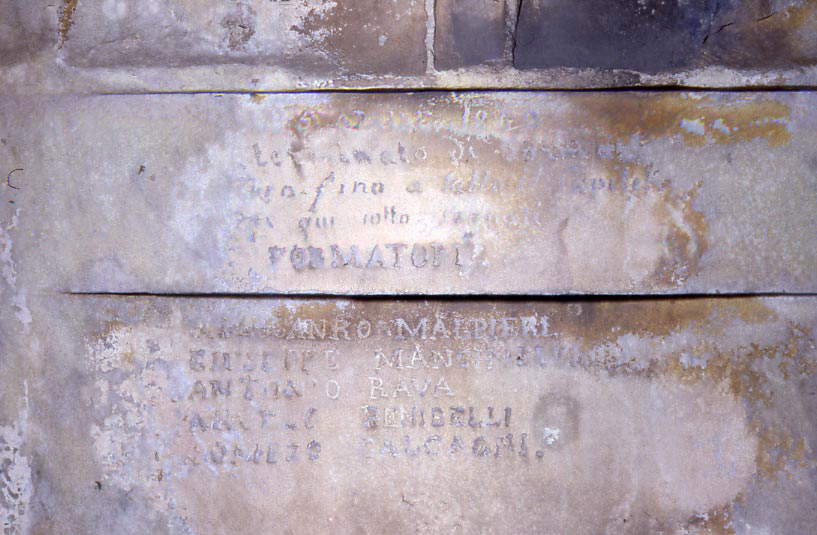
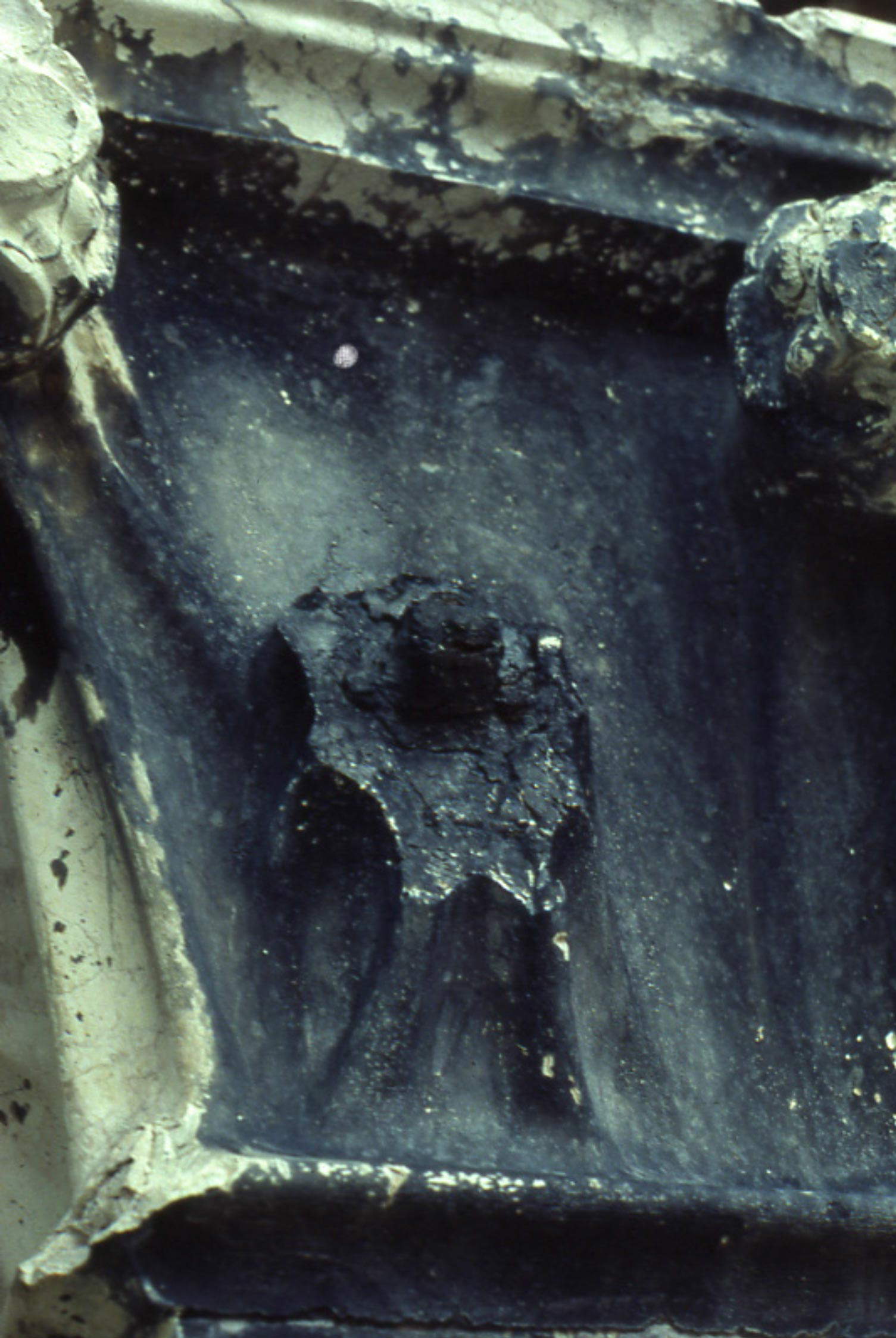
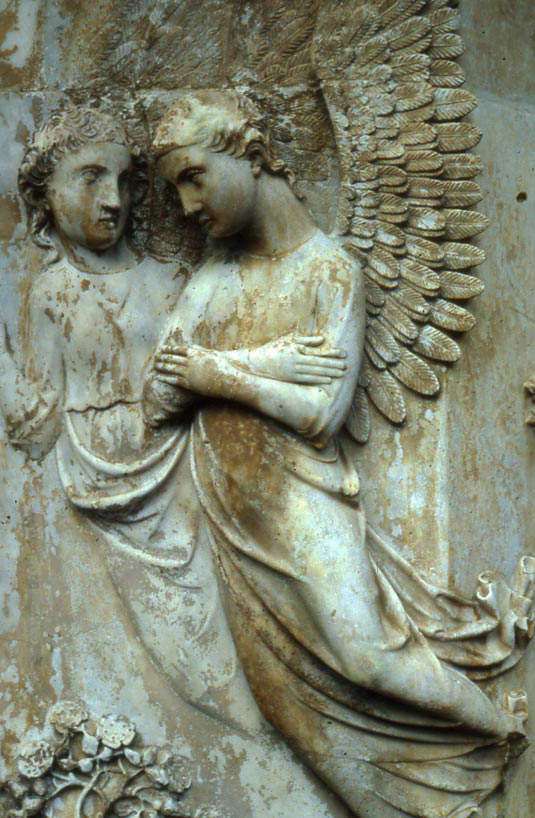
But today the University trains restorers, scientific experts, superintendents, professors, and so on.
Certainly. But it does so outside of any policy of preservation that would give the training of those graduates any meaning with respect to the two essential problems that have always hovered, unresolved, over conservation, restoration and preservation. One, answering the essential question of what is the meaning of the presence of the past in today’s world. The other, to make restoration an eminently preventive action finally measured against the concrete conservation needs that heritage has as a whole and in the relationship of that whole to the environment. Where talking about the environment means measuring oneself against an increasingly depopulated country, especially in the Apennines and the mountains, while seeing heritage as a whole requires one to operate on the basis of a catalog of which it should be remembered that a couple of years ago the director of theCentral Catalogue Institute wrote that the dysfunctions and shortcomings of the national catalog founded in 1975, that is, half a century ago, come “from its fragmentary, uneven and poor visibility.”
More problems for the display cases?
If you will allow me to answer your question with a quote from a text by Giovanni Urbani from 1981. A text in which, again half a century ago, he told us what should be meant by the economy of culture and the politics of protection. But an utterly unheeded saying, “Remaining on the subject of economics, one last consideration can perhaps give us a glimpse of how the correct use of our historical-environmental resources, in addition to the domestic level, could enable us to gain substantial advantages on the international level as well. Of course, I don’t think it is culturally decent to expect that the accounts of our interests will come back with tourism revenues. But if this country had a minimally educated view of the current state of the world, it should realize that it shares with some of the largest third countries the fate of having an environment in which the cultural-historical component has exceptional prominence [...]. So that when, under the pressure of historical and socio-economic factors certainly different from ours, these foreign countries will nevertheless have to face problems similar to ours in choosing development policies that do not sacrifice their historical-natural environment, it does not seem unrealistic to think that, of all Western nations, ours would be the best equipped to indicate how the preservation of the past can ensure, according to Plato’s saying, the salvation of all that exists. [That is, aware] that the material evidence of these traditions is heading for a ruin that can only be countered by well-targeted technological innovations.”
Warning: the translation into English of the original Italian article was created using automatic tools. We undertake to review all articles, but we do not guarantee the total absence of inaccuracies in the translation due to the program. You can find the original by clicking on the ITA button. If you find any mistake,please contact us.





























